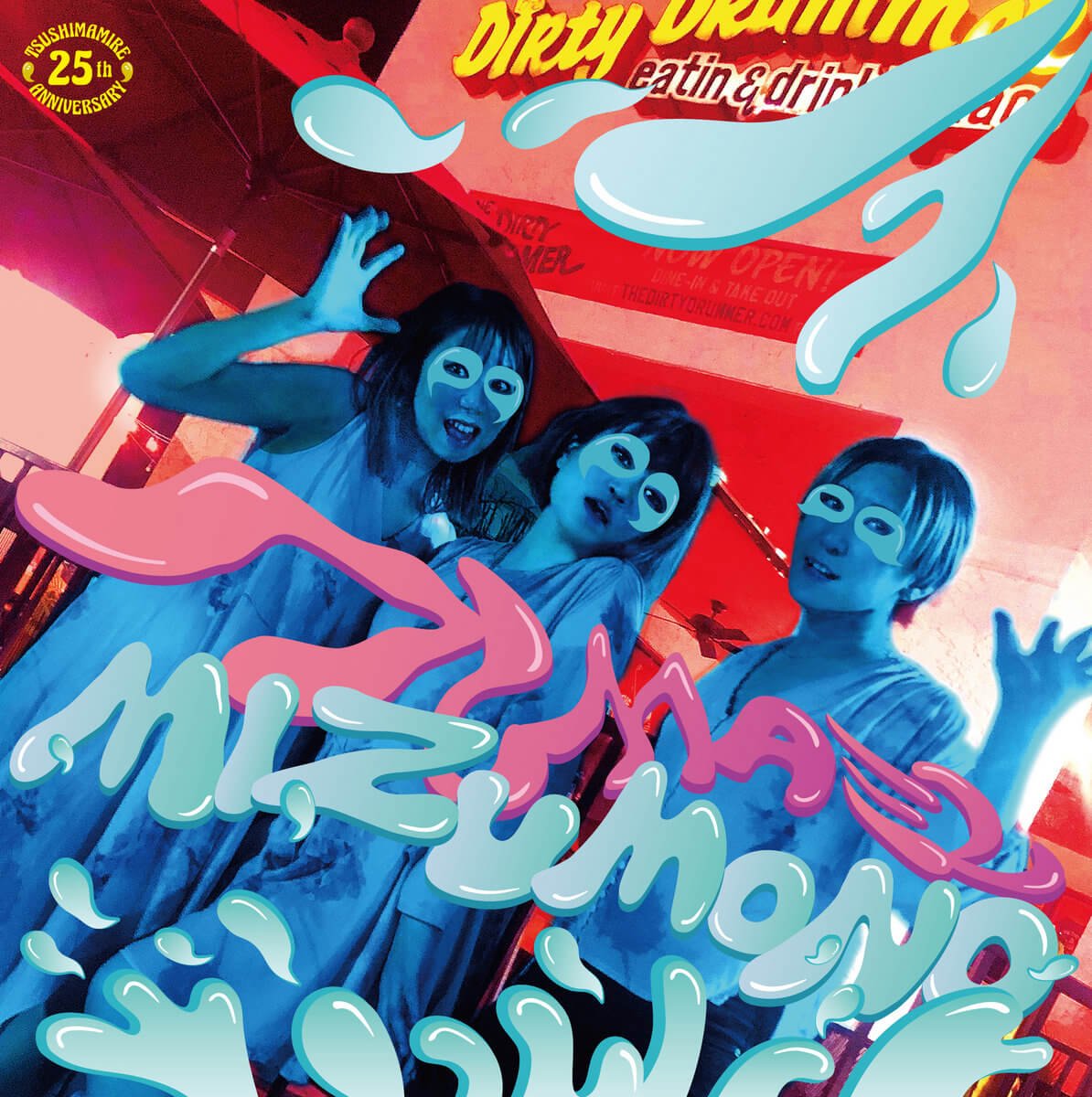With an airing date of October 8th in Japan, Netflix finally launched BEASTARS for audiences across the world on March 13th. The 3D animated Netflix exclusive follows the story of the Manga written by Paru Itagaki.
With the overly large teenage grey wolf Legoshi as its main focus, the series follows the events that happened at Cherryton Academy after a herbivorous student was killed by a carnivore, a taboo within this modern, anthropomorphic society. The murder causes unease and distrust between the students, dividing the two species. Legoshi, already quiet and timid due to his history of prejudice against him as a big and strong carnivorous male wolf, tries to hold back, even more, to keep out of trouble. Yet fate decides differently as one night right after the murder, he encounters a dwarf rabbit by the name of Haru. Never before have his instincts taken over and scared by the encounter, Legoshi becomes confused, marking the start of a complicated relationship between the two.
The concept of an anthropomorphic civilized society is not something unfamiliar to most nowadays with the release of Zootopia having reached wide audiences. However, as it was targeted for kids primarily, Zootopia had a lot of topics they simply could not touch upon. This is where BEASTARS overthrows this completely. Instead of simply having a mapped-out structure of how a society consisting of carnivores and herbivores coexists, it goes the extra mile of showing the social relationships between the two, species related prejudice, natural instincts, sexuality and social norms that come with such.
And the series isn’t shy about depicting any of these. There’s a wide variety of well-developed characters that get introduced as the story goes on, each revealing a small portion of the darker sides of the world they live in.. Not a second of this well-written world does the watcher feel disconnected from it, even though it’s basically animals they’re watching. On the contrary. The topics feel relatable, with taboos matching our own worldly views, and the characters are so well written that they feel close to us in a way creating compassion towards them.
The 3D animation does still need some getting used too. This new approach to anime, also used in titles like Ajin and Kengan Ashura, isn’t to everyone’s taste yet. While definitely impressive, it does have a lack of the fluidity found in traditional anime, making certain motions seem somewhat slow to the eye. For some, this is a reason not to watch these series, but there are reasons aplenty to give it a chance still. The studio did a magnificent job of translating the manga style into their own, as well as mixing up the newer 3D graphics with some breath-taking traditional animation sequences. The style seamlessly converts the mood of the scenes into their animation and it captivates you into the story with ease.
Overall, I’d truly recommend this series. As a first season, it’s only 12 episodes long, perfect for binging in one evening with a total watch time of just around 4 hours. The story is intriguing, well-paced and won’t leave you bored for a second.
Studio: Orange
Genres: Slice of Life, Psychological, Drama, Shounen
Age rating: 16+
Based on the eponymous manga by Paru Itagaki
Started airing: 13th March 2020
Number of episodes: 12
Episode duration: 24 minutes per episode
Rating: 90/100














